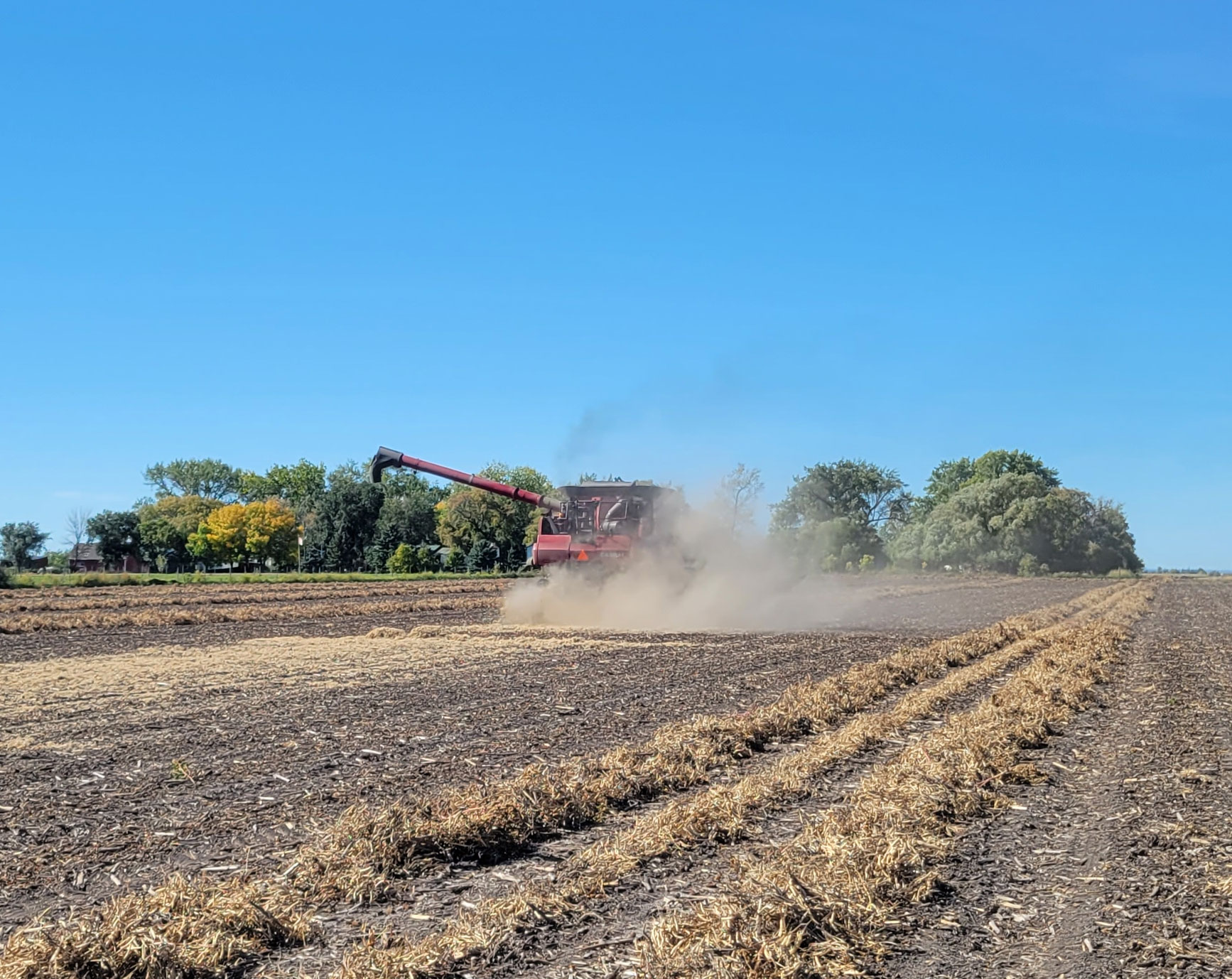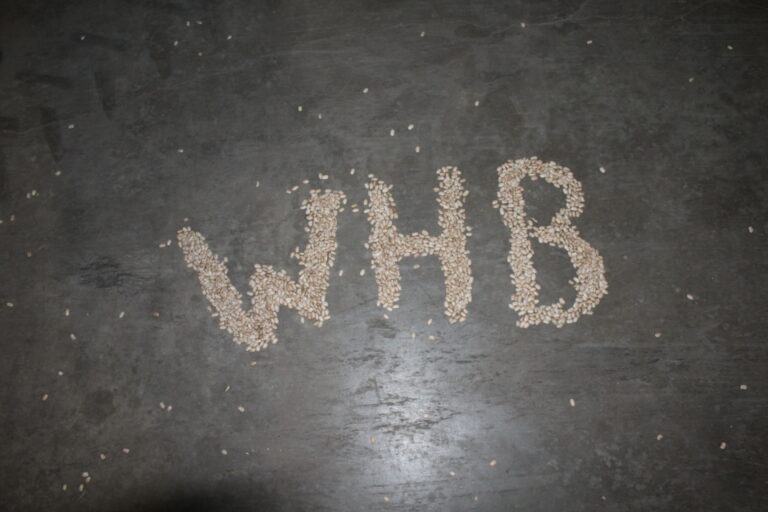Fall is upon us here in Michigan and in Manitoba. Harvest got off to a bit of a later start than normal and several rainfall events have slowed harvest progress lately. That said we are just over half done with harvest in Michigan, slightly ahead of the Manitoba. From what we’ve heard yields sound quite strong in both Minn-Dak and also in Manitoba. For some growers, they are seeing yields double that of the 9-10 cwt per acre yields they had last year. In Michigan yields are pretty good considering the drought conditions we faced all season long. These strong yields have definitely affected prices lately. Here in Michigan we have even seen some elevators only receive forward contracted beans. Part of these moves were due to the uncertainty of where markets are heading, but also storage plays a big factor. Despite there being a small “carryover” of beans from last year, there are still quite a few sold beans that have not shipped yet due to supply chain and shipping issues.
While we’re nearing the end of this growing season, to get a better idea of where markets are heading I like to look at where we started the season. Coming into this spring we heard from lots of growers in both Minn-Dak and Manitoba that they were switching away from black, navy or some of the specialty classes, and growing only pintos. After last year’s horrendous drought it made sense for growers to choose a class that was more tolerant to the moisture stress. Obviously, after a very wet start to the year, we did not see those same sort of dry growing conditions. Also, we saw dry bean acres as a whole down both in the U.S. and Canada. This wasn’t surprising as high commodity prices for soybeans, spring wheat, and other specialty crops like sunflowers and lentils let growers to rotate away from beans. Now taking a closer look at acres by individual class, while Manitoba did see a reduction in black bean acres being down 24%, here in the U.S., acres were actually up 9%. Most of those acre increases came in Michigan. As expected due to the week navy market this past winter and spring, we saw a significant reduction in acres both in the U.S. (14%) and in Manitoba (50%). This reduction in production should help correct the oversupply in the market and help balance demand. And finally, taking a quick look at the specialty classes of cranberry and kidney beans. Manitoba saw cranberry bean acres fall by over 50%, while acres in the U.S. and Ontario were only down slightly, overall Cranberry acreage in North America is down 20%. However, it’s likely that the higher yields in the western growing areas will lessen the production decrease. Kidney bean acreage in Manitoba also fell by over 50% this year. We saw similar reductions in Dark Red Kidney acres in the U.S. as growers switched acreage to the more common classes.
With Mexico and Europe being two of the major markets for U.S. and Canadian beans, I want to wrap things up with a quick overview of those markets. As I’ve mentioned in previous newsletters, U.S. exports have resumed to Europe again. Despite this, the navy market here remains slow, just like in Canada. Both domestically (North America) and abroad, as Covid-19 lockdowns subside and people go back to eating out more, we’ve seen less navy bean consumption and demand. This will be very interesting to follow as we go into the winter months, especially as Covid cases have increased in some areas and Europe’s energy crisis as a result of the conflict in Ukraine. Looking at the Mexican bean crop, it sounds like they had a lot of beans planted late due to the weather. Generally those later planted beans would most likely be pinto beans due to their shorter growing season. It’s possible this could reduce some import needs for pinto beans this year. It also appears that since Mexican black bean acres are down, that black bean imports will remain strong to meet their demand needs.
In conclusion. Lately, we have seen grower prices fall in both Manitoba and North Dakota. Most of this is harvest pressure as the crop comes to market at once. Obviously at harvest there is the greatest supply, and steady to lower demand, thus pushing prices down. However, for most classes this appears to be only short term. Classes that will have tight production to meet demand such as black, cranberry, and kidney beans may see prices rally as we get through the spring. Pinto bean demand will be heavily impacted by Mexican imports, however domestic demand remains strong. Navy bean prices will continue to follow European demand and also how much of a reduction in production we see this year in the U.S. and Canadian crops.
Please contact Justin or Tina with any questions on markets and new crop contracts
-Aaron Fahrner, Dry Bean Marketing Specialist Cooperative Elevator Co.




